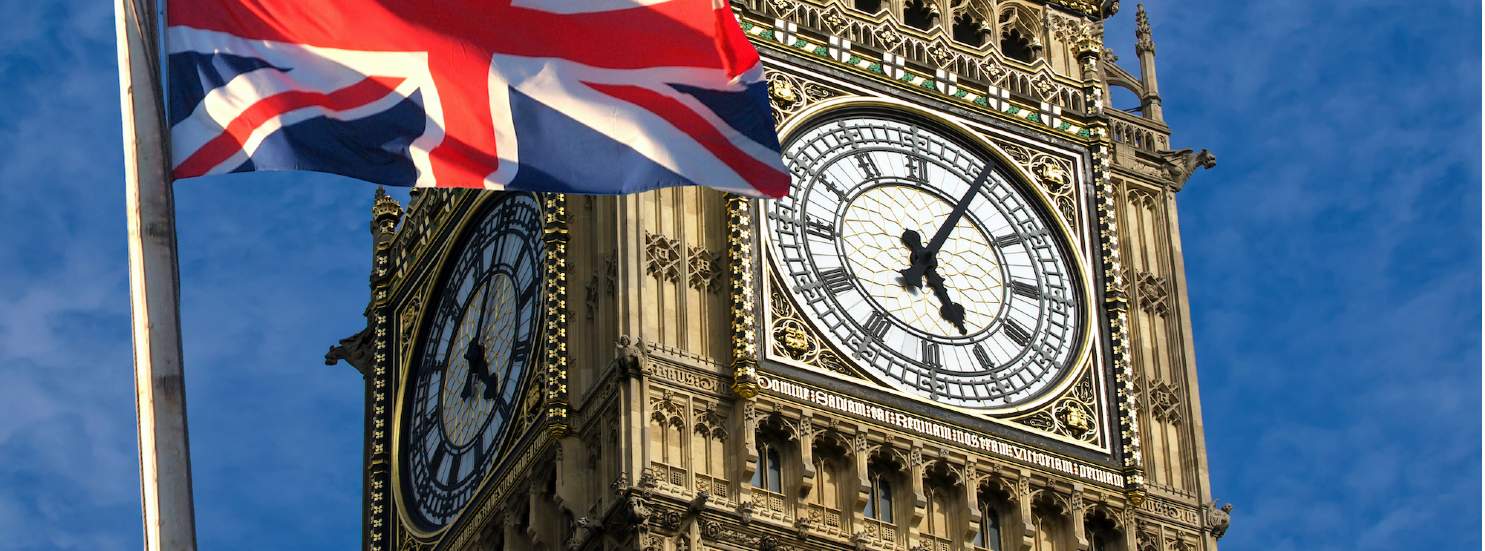Jubilee celebrations, and the celebration of monarchy, have had a continued impact on the evolution of village, town and cityscapes in Britain for hundreds of years, but most prominently so after the 19th century.
Prior to this a jubilee was typically celebrated by a procession, public feasting and events, thought to date at earliest from the reign of Edward III who celebrated his Golden Jubilee in 1376. This involved an elaborate procession from the Tower of London to Smithfield, ending in a jousting tournament and feast. Both James I and George III would continue this tradition, but it was not until the 1800s that the celebration of a jubilee would become intrinsic to the built environment.
There were a number of reasons for this. During the 19th century, the barriers and separation between the public and the monarchy were more amicable and fluid than they had been in previous years and the evolution of the built environment would come to reflect this. Before then, especially during the medieval period, buildings associated with the reigning monarch – obvious examples being palaces and castles – were strategic, reflecting a clear-cut separation. Even Battle Abbey, in Sussex, which was often considered a celebration of the establishment of the Norman dynasty was rather constructed as an atonement by William I for the events of the Battle of Hastings.
This shifting dynamic was primarily reflected by both Queen Victoria and Prince Albert, who would visit a vast number of places throughout the United Kingdom, advocating improvements in public welfare, infrastructure projects and opening previously private areas to the public, one such example being Hampton Court Palace, with Queen Victoria granting public access in 1838.
Concurrently, a combination of national pride and public accessibility coupled with the popularity of Victoria and Albert would help make the celebration of the jubilee a widespread affair. Throughout the country, often coinciding with a jubilee celebration or royal visit, it became increasingly popular to bestow upon the built environment a royal name. This ranged from pubs to buildings such as the Royal Albert Hall, as well as streets and crescents. Towns and districts would petition for royal patronage to celebrate an associated popularity with the monarchy. Royal Tunbridge Wells was one such example, with the prefix ‘Royal’ granted in 1909.
The naming of streets would become especially prominent with the vast suburban expansion of the 19th and early 20th centuries. High Victorian as well as Edwardian-style villas and terraces usually lined these streets, often defined by their decorated stonework or Elizabethan appearance. There are numerous streets and buildings reflective of this period at a national level, particularly so in seaside towns. Margate alone has come to have more than 20,000 houses on streets with a royal place name or prefix, such as Jubilee Terrace and George V Avenue. Southsea would come to have over 30,000 houses on similarly named streets.
Throughout the 20th century, jubilee celebrations, as well as the coronation of Elizabeth II, would become more communal events with elaborate street parties often held. The evolution of the built environment would shift following the end of the Second World War and the coronation, with a focus on renewal and rebuilding. Much of the country lay in rubble and events such as these stimulated a positive outlook toward the future, with many of the new post-war housing estates following precedent and named after a jubilee itself.
Today, the shift, has been to infuse the jubilee with grand projects of public infrastructure and national celebration. The Queen Elizabeth Olympic Park is one standout example, with HM The Queen making her dramatic entrance accompanied by James Bond in 2012 to celebrate the opening festival.
In London, alongside the Superbloom and festivities, the Platinum Jubilee has been marked by the opening of the Elizabeth line, tying together multiple Tube networks and indicative of the ways in which the jubilee celebrations have come to manifest themselves. While the built environment stemming from these celebrations is varied, ranging from suburban Victorian terraces to large-scale infrastructure projects, the underlying tone symbolising progress and renewal unifies them all.
Further information
Contact Edward Lee or Ed Hampson









.jpg)
.jpg)